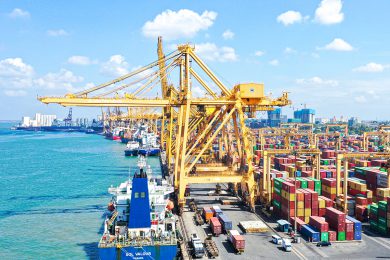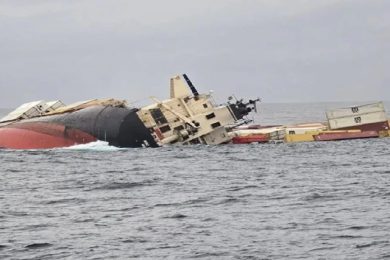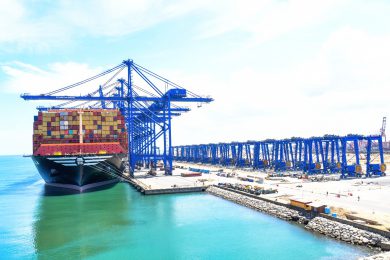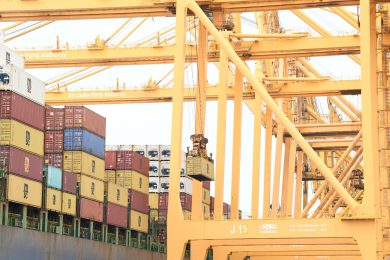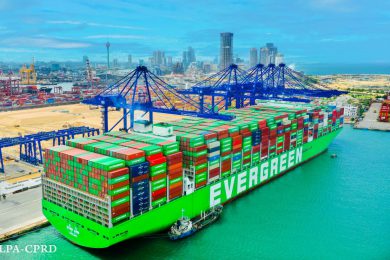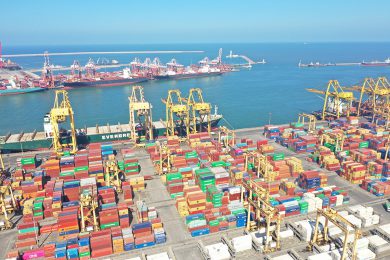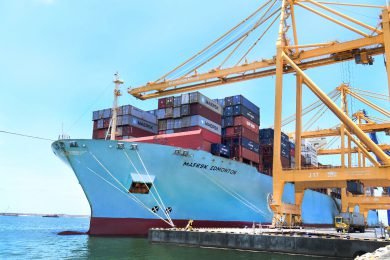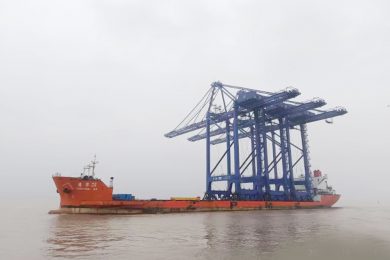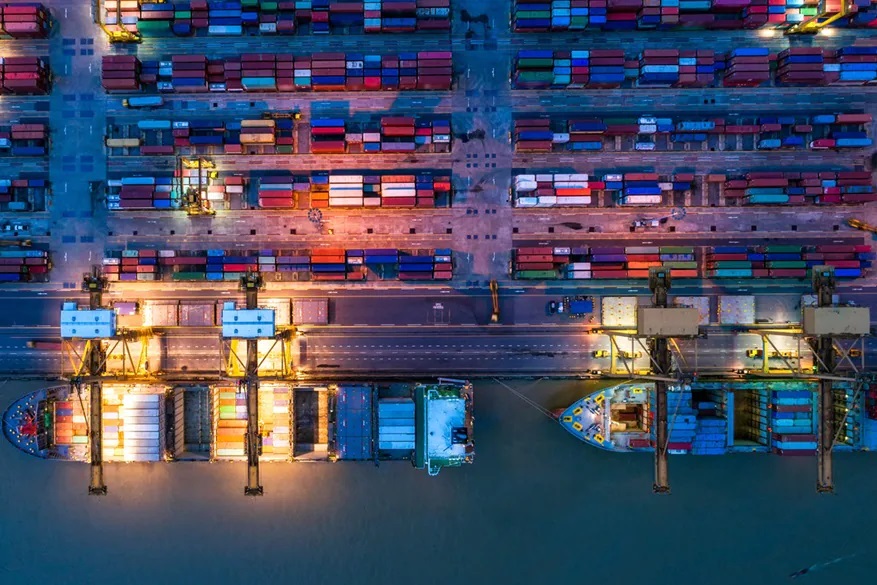The dynamics of port logistics have seen seismic shifts over the past few years. The days are passé when the efficiency and competitiveness of a port hinged mainly on its geographical location or its proximity to industrial clusters.
In a post-pandemic scenario, ports worldwide are riddled with challenges like the spike in freight traffic, mounting pressure to comply with stringent environmental norms and complex operations challenges. Emerging Technologies are suitable balms to overcome the pain posed by these emerging challenges.
The Internet of Things (IoT) is one such technology that the port sector was slow to onboard. Still, its adoption has widened due to visible outcomes. With its ability to digitize the delivery process with the aid of smart sensors, IoT can monitor the condition of port equipment, keep a track on temperature, gas and humidity levels and enable radiofrequency identification of the container.
The dynamics of port logistics have seen seismic shifts over the past few years. The days are passé when the efficiency and competitiveness of a port hinged mainly on its geographical location or its proximity to industrial clusters. Today, Smart ports are increasingly turning to technology for stealing a march over their peers. The emergence of third-generation ports with large-scale containerization globally has witnessed ports leveraging technology for cargo traceability, operational efficiency, reducing Turn Around Time (TAT) and shoring up the bottom-line.
The Internet of Things (IoT) is one such technology that the port sector was slow to onboard. Still, its adoption has widened due to visible outcomes. With its ability to digitize the delivery process with the aid of smart sensors, IoT can monitor the condition of port equipment, keep a track on temperature, gas and humidity levels and enable radiofrequency identification of the container.
To illustrate, the port of Hamburg (Germany), the third busiest in Europe, started its evolution into a Smart Port to ramp up capacity and maximize efficiency. The transition was driven by IoT technology in the port ecosystem by installing sensors to monitor the use of physical assets. In what could be a disruptive use case of IoT, a few shipping companies of repute are now investing in autonomous containers that may ship the goods without human assistance.
Blockchain is the next big technology that promises to brace up ports for the future. Blockchain is the reliable technology to establish the provenance or origin of cargo, a factor key to instilling business confidence and trade. Blockchain is the preferred technology for data security. It can enable port authorities to maintain transparency, traceability, and accountability in their dealings. In 2017, the port of Antwerp (Belgium) went for a pilot project in partnership with NxtPort, leveraged blockchain technology for efficient and safe container handling.
These days, ports face a swarm of data at every stage of operations. Big Data Analytics that taps data to frame actionable insights can have myriad port applications. Singapore’s Maritime and Port Authority (MPA) established a data-enabled tool to forecast vessel arrival times and estimate possible traffic congestion using predictive analytics. Likewise, the port of Hamburg uses analytics to aggregate various data points like vessel positions, height, and width of bridges, et al. Also, smart ports are leveraging other technologies such as artificial intelligence (AI) for improved predictive insights and cloud computing, data management, and data sharing amongst various stakeholders.
In recent years, ports have also embraced Unmanned Aerial Vehicles (UAVs) or drones for several applications. Drones are typically used to transport equipment and items from one place to another. These are also programmed to inspect and collect data from the port areas, thereby easing workload and enhancing efficiency. From the Netherlands to Vietnam, ports use Airobotics drones to track the construction of ports, control aerial cargo transport, monitor ships, and clean the local environment. For example, the Port of Singapore uses drones instead of traditional launch boats for delivering small items to and from approaching ships. As a result, ship-to-shore deliveries at that port occur six times faster while costs have plummeted by 90 percent.
As we step into a digital-first world, the Smart ports are poised to see more automation through deepening penetration of cutting-edge technologies. Technology usage will become ubiquitous with time, whether it be an asset or vessel tracking, inventory management or sealing smart trade contracts.
Source: Shipping and Freight Resource



